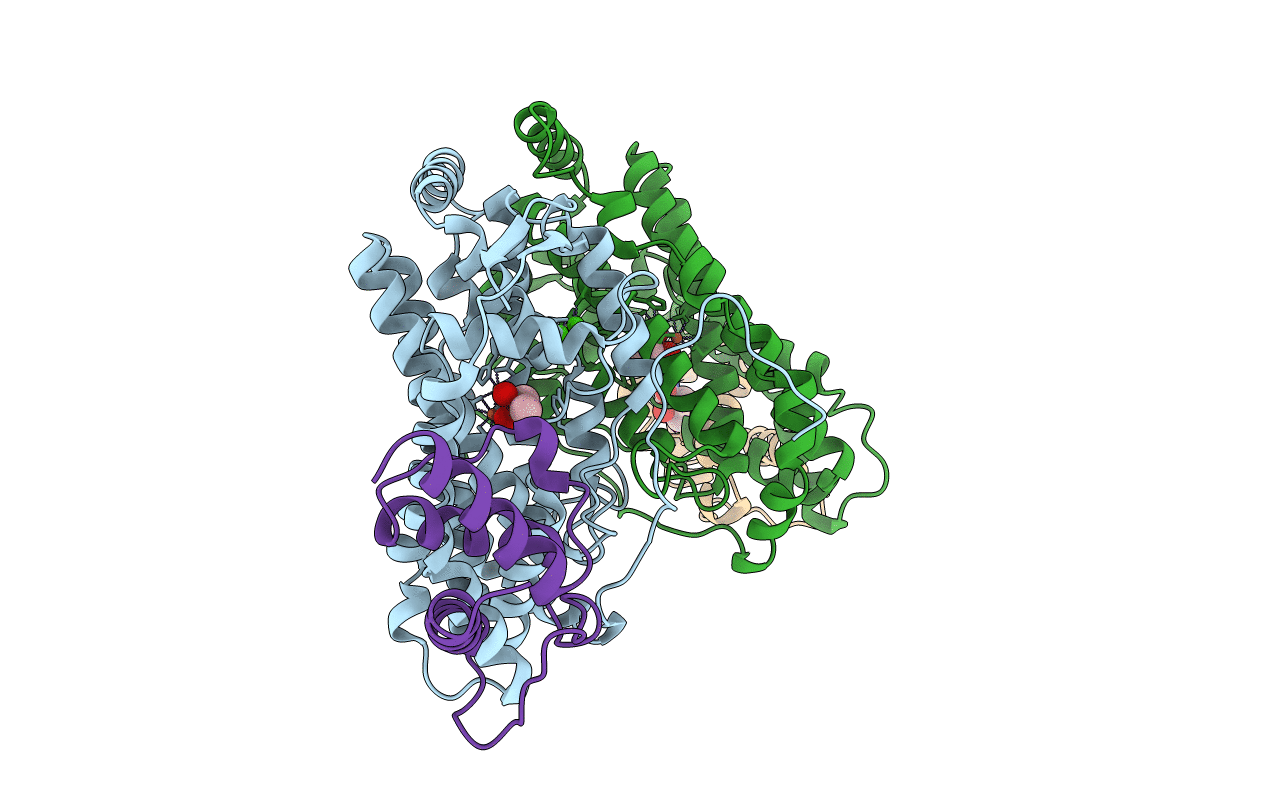
Deposition Date
2010-11-22
Release Date
2011-09-07
Last Version Date
2024-10-23
Entry Detail
PDB ID:
2XZ1
Keywords:
Title:
The Structure of the 2:2 (Fully Occupied) Complex Between Stearoyl Acyl Carrier Protein Desaturase from Ricinus Communis (Castor Bean) and Acyl Carrier Protein.
Biological Source:
Source Organism:
RICINUS COMMUNIS (Taxon ID: 3988)
SPINACIA OLERACEA (Taxon ID: 3562)
SPINACIA OLERACEA (Taxon ID: 3562)
Host Organism:
Method Details:
Experimental Method:
Resolution:
3.35 Å
R-Value Free:
0.25
R-Value Work:
0.20
R-Value Observed:
0.21
Space Group:
P 43 2 2


